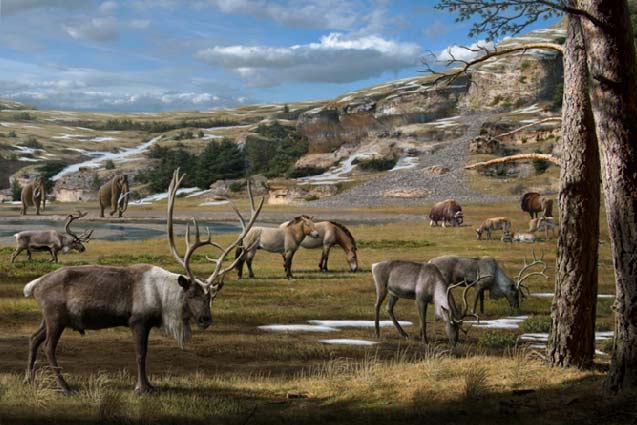Why we do not have mammoths in our backyard? Species extinctions under climate change
Associate Professor David Nogues-Bravo, Center for Macroecology, Evolution and Climate, Department of Biology , KU
Understanding future global changes impacts in biodiversity is a key scientific challenge nowadays. The best study event of species extinctions is the Late Quaternary. Between 50,000 and 3,000 years before present (BP) 65% of mammal genera weighing over 44 kg went extinct, together with a lower proportion of small mammals. Since the end of the XIX century, researchers still debate on the causes behind Late Quaternary Extinctions, LQE, without reaching a consensus.
Whatever the causes of the global LQE, testing hypotheses about LQE requires developing stringent models at large scales including concepts, methods and data coming from evolutionary biology, ecology, biogeography, climatology, paleontology and human anthropology. Progress in the LQE debate will also enhance our knowledge about future environmental crises when factors such as humans and climate change come together.
I will present in this seminar recent evidences on climate change-biodiversity relationships during the Late Quaternary and how this knowledge can help us to understand current and future biodiversity patterns under climate change.
Illustration © Mauricio Anton

